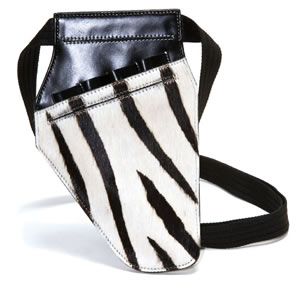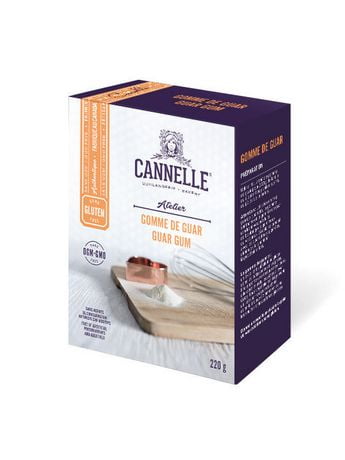

For instance, the Chinese pond mussel Sinanodonta woodiana was found to potentially outcompete European Anodonta species by a broader host fish use, faster metamorphosis and higher recruitment success as evident from both laboratory (Huber & Geist, 2019) and field studies (Urbańska, Kirschenstein, Obolewski, & Ożgo, 2019). Generally, invasive mussel species have been proposed to infer with native mussels (e.g., Strayer, 1999), but there are only few examples where this interaction has been systematically studied.

Dreissena polymorpha attaches with byssal threads to all kinds of hard substrates, including mussel shells (Mackie, 1991). obs.) the initial time of invasion is unknown. The invasive zebra mussel Dreissena polymorpha was introduced into this lake, and its abundant occurrence has been observed since the early 1980s (RT, pers. This provided an excellent opportunity to study population characteristics and habitat use of this little known species. In 2015, we discovered one of the largest known populations of this species in Lake Siecino in northern Poland (Ożgo, 2016), a postglacial lake with a size of 743 ha. Pseudanodonta complanata is currently listed as vulnerable in the IUCN Red List, is legally protected in Germany and Poland, and is a species of conservation priority on the UK Biodiversity Action Plan. Further declines are predicted under climate change scenarios (Gallardo & Aldridge, 2013). Based on a small number of population assessments, strong population declines and fragmentation of P. complanata distribution were recorded (Skidmore, Leach, Hoffman, Amos, & Aldridge, 2010 Van Damme, 2011 Zając, 2009). Most often, it co‐occurs with other unionids but is the least abundant species, usually contributing to less than 5% of specimens in unionid assemblages (Piechocki & Wawrzyniak‐Wydrowska, 2016 Zettler, 1998, 1999).

Its geographical range extends across most of Europe, but its populations are usually small, scattered, and isolated. Pseudanodonta complanata inhabits lotic environments, including lowland and mountainous rivers, large drains, and canals (Bonk, 2019 Killeen, Aldridge, & Oliver, 2004) and has also been reported from some lakes (Van Damme, 2011).

To date, most of the scientific work on freshwater mussels and the threats to them have been focused on charismatic species such as the freshwater pearl mussel ( Margaritifera margaritifera see e.g., Geist, 2010 Boon et al., 2019), whereas there is less knowledge on the habitat requirements and threats of equally or even more rare species such as the compressed river mussel Pseudanodonta complanata. Also note that we’ve not yet included all the woods from the last chart listed those will be inserted below soon.Due to their important ecosystem functions (e.g., Lummer, Auerswald, & Geist, 2016 Vaughn, 2018) and their ongoing declines (Lopes‐Lima et al., 2017), conservation, and restoration of freshwater mussel populations are high on the agenda in Europe and elsewhere (e.g., Geist, 2011, 2015 Geist & Hawkins, 2016). The list below is sorted by hardness, softest to lightest. Alder on the other hand is usually very consistent as far as its weight is concerned from piece to piece. For example, certain species of Ash are inconsistent where one piece may be heavy while another may be light in weight. It is important to note that Janka hardness does not take into account wood density nor weight. If not, please let us know by posting a comment. Some wood species are spelled in unique ways, and to the best of our knowledge, all species listed below are spelled correctly. If there is a species you would like to see listed that isn’t in the list below, just post a comment and be sure to list the wood species name and Janka hardness number along with it (and country of origin, if possible.)Įntries in red are some of the woods builders commonly search for when researching wood species to build with. We’ve tried in our best effort to get this list as complete as possible, but of course there will probably be a few species missing. Is this list complete? That’s where you come in. With our last wood hardness chart, several noted that there were certain woods missing that should be in the list, so we’ve expanded the list to 224 different species.


 0 kommentar(er)
0 kommentar(er)
